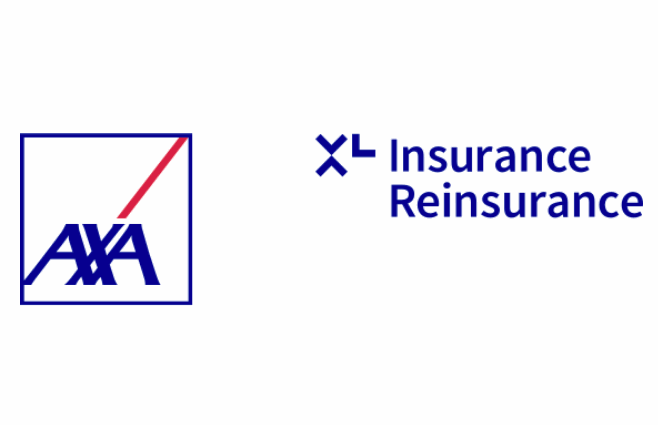AXA XL targets $250m Galileo Re cat bond, its first since 2019

AXA XL, the global specialty insurance and reinsurance unit of the AXA Group, is back in the catastrophe bond market for the first time since late 2019, seeking $250 million or more in protection with a new Galileo Re Ltd. (Series 2023-1) issuance, that features a reduced range of perils to its recent deals and coverage on an occurrence basis only.
Like many other cat bond sponsors, AXA XL has pulled-back on the scope of coverage sought with its latest catastrophe bond.
Previously, AXA XL had sponsored a number of multi-peril annual aggregate retro cat bonds, on an industry loss trigger basis, that provided it coverage for global perils, including some secondary perils like severe thunderstorms.
Now, this new cat bond from AXA XL has a focus on just hurricanes and earthquakes and will use a per-occurrence coverage approach, still on an industry loss index trigger and so retrocessional type reinsurance structure.
AXA XL’s last cat bond sponsorship was the $475 million Galileo Re Series 2019-1 deal, that provided it global multi-peril aggregate retro reinsurance, but matures at the end of this year.
Using the same Bermuda based special purpose insurer, Galileo Re Ltd., with this new catastrophe bond, we understand that AXA XL is seeking a source of collateralized retro reinsurance against losses from hurricanes and earthquakes, in the US and Canada.
Galileo Re Ltd. will look to issue two tranches of Series 2023-1 notes, that will be sold to investors and the proceeds used to collateralize reinsurance agreements between the issuer and the ceding company, which is XL Bermuda Ltd.
The cat bond will also cover AXA XL’s other underwriting entities, such as the Lloyd’s syndicate and other reinsurance writing entities of the company, sources said.
AXA XL is seeking $250 million or more in coverage from the two tranches of notes that are issued.
This coverage will be for losses from U.S., DC, Puerto Rico, and Virgin Islands named storm, as well as U.S. and Canada earthquakes, all on a per-occurrence and weighted industry loss index trigger basis.
The coverage will run for up to four years, with the Class A notes covering losses from 2024 to the end of 2027, but the Class B notes just covering a two year term to the end of 2025, we’re told.
Both tranches have an industry loss index attachment point at $1.7 billion and exhaustion at $2.2 billion, so the only difference between them appears to be the length of the term of coverage.
Which suggests AXA XL feels there could be some pricing divergence between the two, as their marketing proceeds and the company may look to maximise its opportunity on whichever tranche offers the most attractive pricing.
The tranches are unsized, with $250 million sought across the two, it seems.
The Class A and Class B notes have initial attachment probabilities of 2.6%, initial expected losses of 2.1% and are both being offered with spread price guidance in a range from 6.5% to 7.25%.
With the only difference being that the Class A’s would provide four years of cover and the Class B’s two, it’s going to be a fascinating deal to see price in the coming weeks.
It’s still encouraging to see AXA XL returning to the catastrophe bond market, despite having to shift away from the aggregate coverage it had previously sought.
You can read all about AXA XL’s new Galileo Re Ltd. (Series 2023-1) transaction to our Deal Directory, where you can analyse details of almost every catastrophe bond ever issued.






